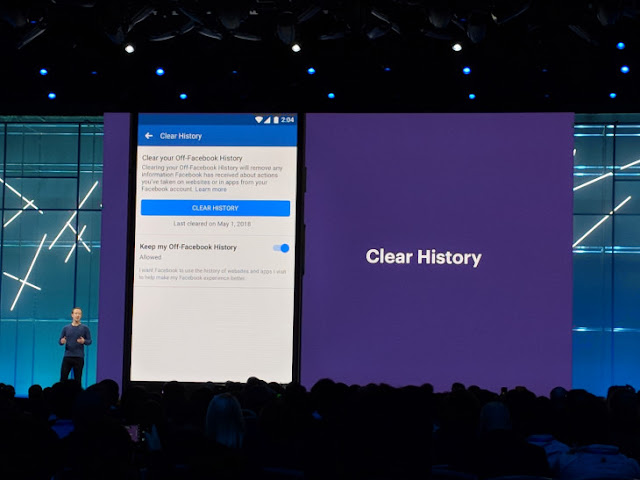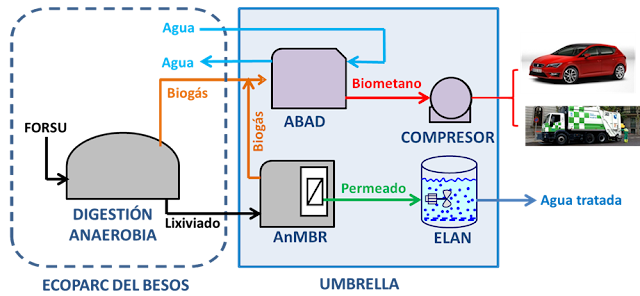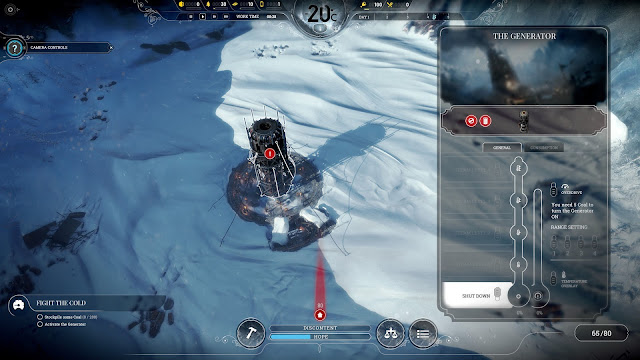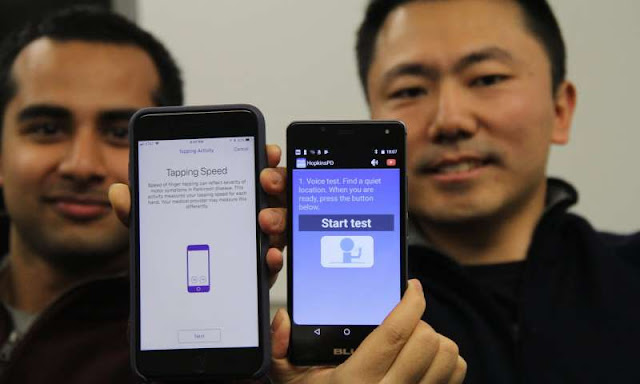Portugal is a formidable newsmaker this month in renewables. The average
renewable generation for March exceeded 103% of consumption.
Spelled out further, for the month of March, renewable supplied 103.6 % of the country's electricity demand on the mainland. This marked the first
time in at least four decades that Portugal produced over 100% of its
electricity from renewable, said
Reuters.
The data are from REN, Redes Energéticas Nacionais, the nation's
transmission system operator.
Numerous sites including IFLScience examined the results and said hydroelectric power (55%) and wind (42%) provided most of the monthly
energy consumption of renewables.
NPR noted "the windy hills north of Lisbon, once filled with grain
windmills," were being populated with wind turbines. Reuters noted that
"Portugal,
with its long Atlantic coast line, was one of the early pioneers in the mass
use of wind power."
Portugal generated enough renewable energy to power the whole country in
March—on the mainland. Camila Domonoske, NPR reporter, said, "Portugal also
includes several islands, which have separate energy systems."
Nonetheless, said Michael Coren in Quartz, "plenty of caveats
remain." Applause is due to Portugal for the March numbers but
the question remains if the feat can be sustained in the longer run.
He said, "The proposition that a full year's worth of peaks and valleys can
be managed with renewables alone has yet to be tested."
The grid ran on 100% renewables for relatively short periods: two
70 hour spans; imports and conventional
generation were still needed to balance the grid because solar and wind can
vary significantly. "It wasn't a clean run, so to speak," saidIFLScience:
"On some days, fossil fuels were required to meet the demand for
Portugal's electricity grid, but overall, clean energy won out."
Interestingly, IFLScience reported that extremely heavy rainfall
hit Portugal
in March, which indubitably filled its hydroelectric
reservoirs up to optimum levels.
Reuters said, "March saw four times the monthly averagerainfall, ending a long period of severe drought in the country, according to
the Portuguese Sea and Atmosphere Institute. The
downpour refilled most of the dammed reservoirs
to levels of over 80 percent."
"The real test of Portugal's
renewable electricity sector, then, said IFLScience,
"will be when the cold revisits the Iberian Peninsula
toward the end of the year. If renewables still outpace fossil fuels, then we know
we're far more likely to be onto a winner."
Moving forward, Portugal
is focused on a renewables future. With all the outside nudges toward caveats,
the mainland appears to be focused on good things to come. From Reuters:
"'Last month's achievement
is an example of what will happen more frequently in the near future. It is
expected that by 2040 the production
of renewable electricity will be able to guarantee, in a cost-effective way, the total annual electricity consumption of
mainland Portugal,'
the report said."















































